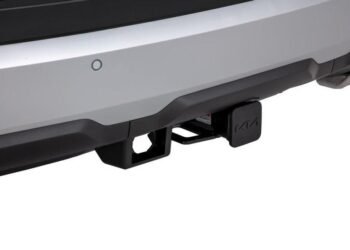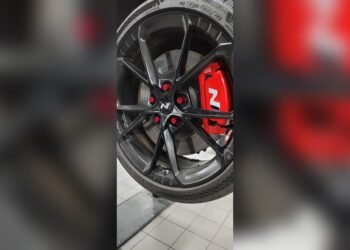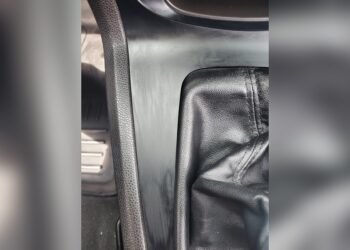Are you looking for a simple way to keep your tires looking fresh and lasting longer? You might have heard about 303 Protectant, a popular product praised for its ability to shield tires from damage.
But does 303 really make your tires last longer, or is it just a quick shine? Understanding how this protectant works can save you money and keep your vehicle in better shape. You’ll discover how 303 helps protect your tires from sun damage, cracking, and dirt—and whether it’s worth adding to your tire care routine.
Keep reading to find out if 303 is the secret to extending the life of your tires.

Credit: www.bicycling.com
Benefits Of 303 Tire Protectant
303 Tire Protectant offers several key benefits that help extend tire life and maintain their appearance. It shields tires from harmful elements and keeps them looking new for longer.
The product is designed to protect tires from sun damage, dirt buildup, and aging. Its safe formula ensures effective care without causing harm.
Uv Protection And Aging Prevention
303 Tire Protectant blocks damaging UV rays from the sun. This prevents tires from fading and cracking over time. It slows down the natural aging process of rubber, keeping tires flexible and strong.
Durable Environmental Shield
The protectant forms a tough barrier on tire surfaces. This shield resists water, salt, and other environmental threats. Tires stay protected against harsh weather and road chemicals longer with this coating.
Safe, Water-based Formula
This product uses a water-based formula that is safe for tires and wheels. It contains no harsh chemicals or silicones. The formula cleans without damaging rubber or vehicle paint.
Repels Dirt And Grime
303 Tire Protectant helps tires stay cleaner by repelling dust and grime. Dirt does not stick easily, reducing the need for frequent cleaning. Tires maintain a fresh, polished look.
Prevents Dry Rot And Cracking
The protectant keeps tire rubber from drying out. It adds moisture to prevent cracks and dry rot. This care extends the tire’s life and improves safety on the road.
How To Apply 303 For Best Results
Applying 303 Protectant properly ensures your tires receive the best care and last longer. Follow clear steps to clean, apply, and finish the treatment. This method improves tire appearance and adds lasting protection.
Cleaning And Drying Tires
Start by thoroughly cleaning your tires with soap and water. Remove all dirt, grime, and brake dust. Rinse well and let the tires dry completely. Dry tires help the product stick better and last longer.
Shaking And Spraying Technique
Shake the 303 Protectant bottle well before use. This mixes the ingredients evenly. Hold the spray bottle about 6 to 8 inches from the tire surface. Spray the product in a steady, sweeping motion to cover the entire tire sidewall.
Even Application Tips
Apply 303 Protectant evenly to avoid streaks or buildup. Use light coats rather than heavy sprays. Multiple light layers help the product absorb and protect better. Make sure to cover all tire areas, including sidewalls and grooves.
Wiping Excess For Clean Finish
After spraying, wait a few minutes for the product to settle. Use a clean microfiber towel to wipe off any excess protectant. This step prevents drips and keeps your wheels clean. A clean finish makes tires look fresh and polished.
Comparing 303 With Other Tire Dressings
Choosing the right tire dressing affects both tire appearance and durability. 303 is a popular option but many others compete in the market. Comparing these products helps understand their unique benefits and drawbacks.
This section reviews 303 against other tire dressings. It covers finish, protection, application, and user preferences.
Finish And Appearance Differences
303 offers a natural, matte finish. It avoids a greasy or overly shiny look. Other dressings often provide a high-gloss, wet appearance. Some users prefer this shiny effect for show cars or special events. Matte finishes like 303 look cleaner over time. Glossy finishes may attract more dust and dirt.
Longevity And Protection Levels
303’s water-based formula protects tires from UV rays and cracking. It lasts for several weeks under normal conditions. Many other dressings offer similar UV protection but may wear off faster. Oil-based products give a deep shine but can attract dirt and degrade quicker. Some dressings include additional polymers for longer-lasting protection. The durability depends on product type and environmental exposure.
Application Methods
303 applies easily as a spray or wipe-on product. It absorbs well without leaving residue. Other dressings may require shaking before use or more careful application to avoid streaks. Some come in gel or foam forms for targeted coverage. Wiping off excess product is important to prevent buildup and ensure even coverage. Simple and quick application appeals to many users.
User Preferences
Users who prefer a subtle, natural look often choose 303. It suits daily drivers and those avoiding flashy tires. Others want a high-gloss shine and select products designed for show tires. Some prioritize long-lasting protection and pick polymer or silicone-based dressings. Application ease and scent also influence choice. Personal taste and tire care routine shape preferences.
Factors Impacting Tire Protectant Durability
Tire protectants help keep tires looking new and prevent damage. Their durability depends on several factors that influence how long the protection lasts. Understanding these factors can help you get the best results from products like 303 Tire Protectant.
Each factor affects the tire surface and the protectant’s ability to shield against wear, dirt, and sun damage. Let’s explore the main elements that impact tire protectant durability.
Environmental Effects
Sunlight causes UV damage that breaks down protectants over time. Rain and water wash away some of the product. Dirt and road salt also wear down the protectant’s layer. Tires exposed to harsh weather lose protection faster than those in mild conditions.
Cleaning Frequency
Frequent washing removes dirt and grime but also strips the protectant. Using harsh soaps or strong cleaners can degrade the product quickly. Gentle cleaning methods help maintain the protectant’s layer longer. Cleaning too often reduces how long the protectant lasts.
Surface Material Absorption
Tires made of different rubber compounds absorb protectants differently. Some materials soak in the product, making it last longer. Others keep the protectant mostly on the surface, which can wear off faster. Proper absorption improves protection and durability.
Application Quality
Applying the protectant evenly ensures full coverage and better protection. Using too little product reduces effectiveness. Applying on a clean, dry surface helps the protectant stick well. Rubbing off excess prevents buildup and ensures a smooth finish.
Testing Tire Protection Effectiveness
Testing tire protection effectiveness involves simple yet revealing methods. These tests help confirm if a product like 303 actually extends tire life and maintains appearance. Observing water behavior on tires and knowing when to reapply the protectant are key parts of this process.
Water Beading Test
The water beading test shows how well the protectant repels moisture. After applying 303, sprinkle water on the tire’s surface. If water forms small beads and rolls off easily, the product is working well. This means the tire remains protected from water damage and dirt buildup. A flat water layer or water soaking in suggests the protectant needs reapplication.
Signs To Reapply Protectant
Check tires regularly for signs that protection fades over time. Look for dull or dry areas, cracks, or dirt sticking to the surface. If water no longer beads or the tire looks faded, it is time to apply 303 again. Regular reapplication keeps tires flexible and resistant to cracking, helping them last longer.
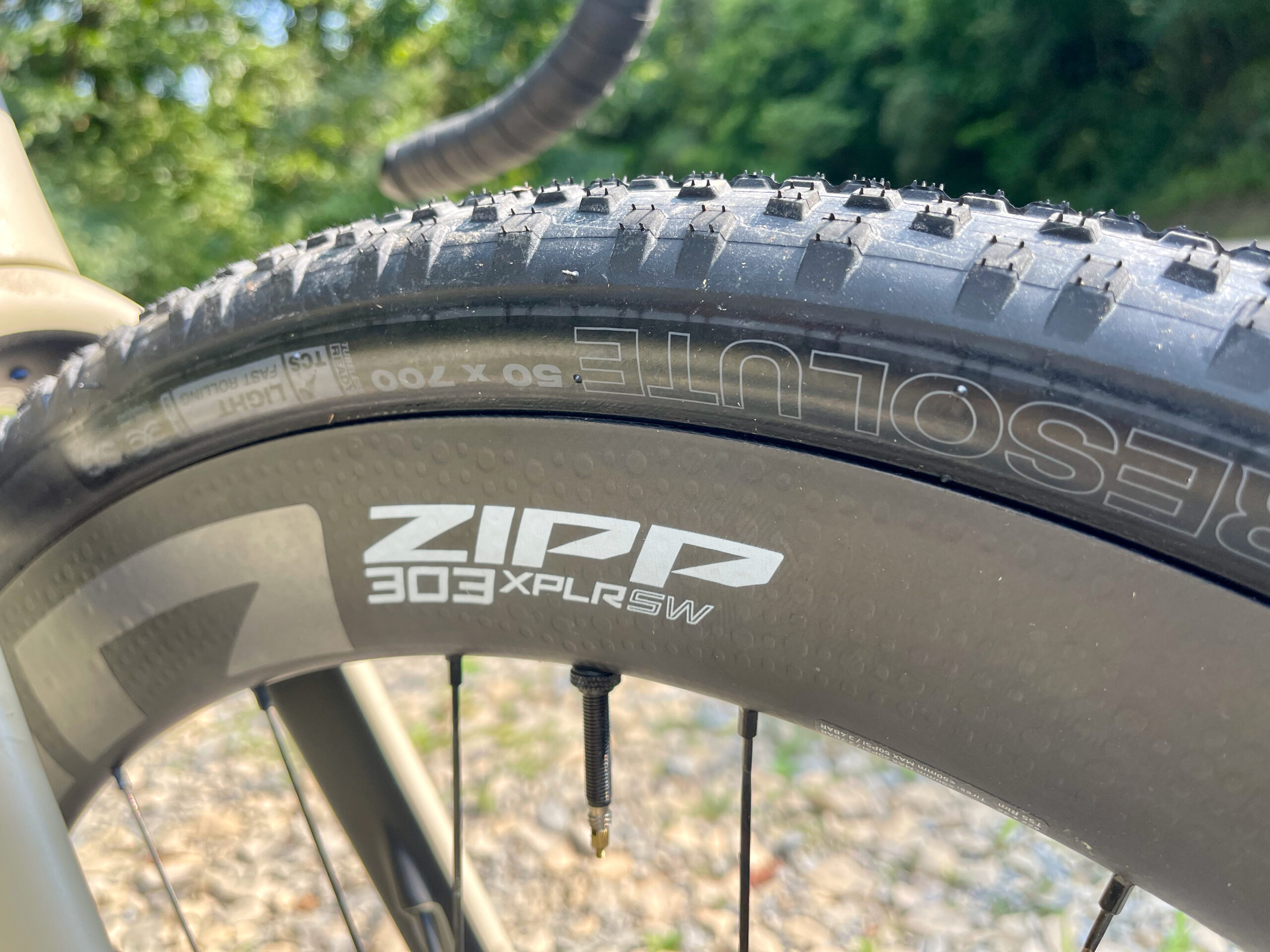
Credit: bikerumor.com
Additional Tips For Tire Longevity
Tire longevity depends on more than just tire protectants like 303. A few simple habits can keep tires in great shape for longer. These tips help prevent damage and maintain tire health every day.
Following these steps can save money and improve safety on the road. Tires that last longer perform better and avoid early replacement.
Regular Cleaning Routine
Clean tires often to remove dirt and grime. Use water and mild soap to avoid damaging the rubber. Dry tires completely after washing to stop moisture buildup. Clean tires look better and reduce wear from stuck debris.
Avoiding Harsh Chemicals
Harsh chemicals can weaken tire rubber and cause cracks. Stay away from strong solvents or cleaners with bleach. Use products made for tires or gentle household soaps. Protecting the rubber keeps tires flexible and less prone to damage.
Proper Tire Maintenance
Check tire pressure regularly to keep it at the recommended level. Rotate tires every 5,000 to 7,000 miles to ensure even wear. Inspect tires for cuts, bulges, or uneven tread. Fixing issues early stops bigger problems and extends tire life.
Choosing Quality Tires
Pick tires from trusted brands with good reviews. Quality tires use better materials and advanced designs. They resist wear and handle weather conditions well. Spending more on quality tires often saves money over time.
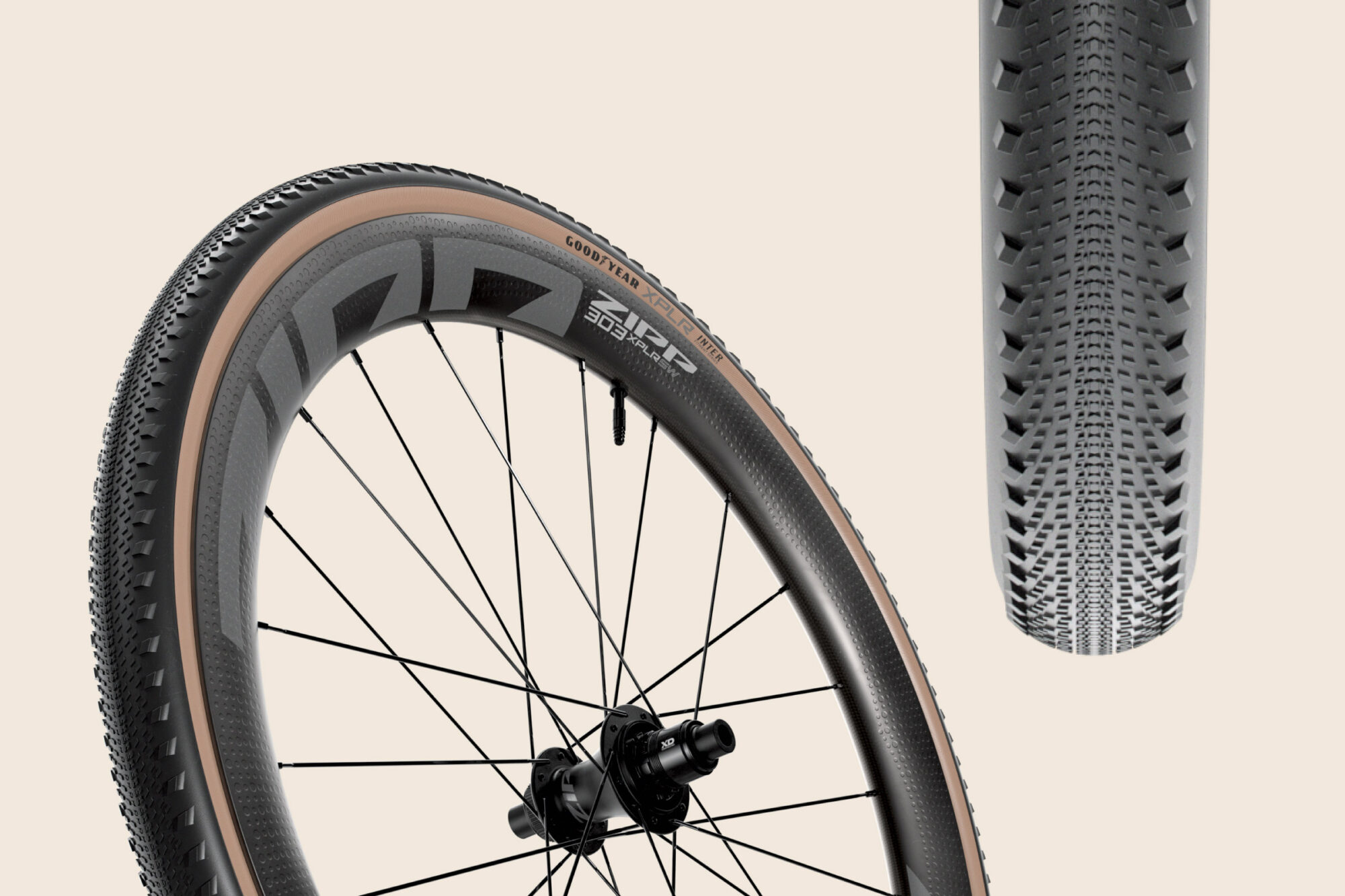
Credit: bikepacking.com
Frequently Asked Questions
Is 303 Protectant Good For Tires?
303 Protectant is excellent for tires. It offers long-lasting UV protection, prevents cracking, and repels dirt. The water-based formula is safe and non-greasy. It keeps tires looking clean and extends their life effectively.
Who Makes The Best Longest Lasting Tires?
Michelin, Bridgestone, and Continental make the best longest lasting tires. They offer durable tread life and excellent wear resistance. Choose tires with high mileage warranties for extended performance. Proper maintenance also helps maximize tire longevity and safety.
How Long Does 303 Protectant Last?
303 Protectant lasts up to 4 weeks per application. Its durability depends on sun exposure, cleaning, and surface type. Reapply when water no longer beads.
Is 303 Better Than Armor All?
303 outperforms Armor All by offering longer-lasting UV protection and a non-greasy, natural finish. It is safer, water-based, and repels dirt better. Armor All provides good shine but may contain silicones and wears off faster. Overall, 303 is better for durable, safe tire and trim care.
Does 303 Tire Protectant Extend Tire Life?
303 Tire Protectant helps prevent cracking and dry rot, which can make tires last longer.
Conclusion
303 Protectant can help tires last longer by shielding them from damage. It protects tires from cracking, fading, and dry rot caused by sun and weather. The product also repels dirt, keeping tires cleaner for weeks. Proper cleaning and application improve its effectiveness.
While it does not make tires indestructible, regular use supports tire health. Applying 303 Protectant is an easy step to maintain tire appearance and durability. Try it as part of your tire care routine for better tire longevity.


